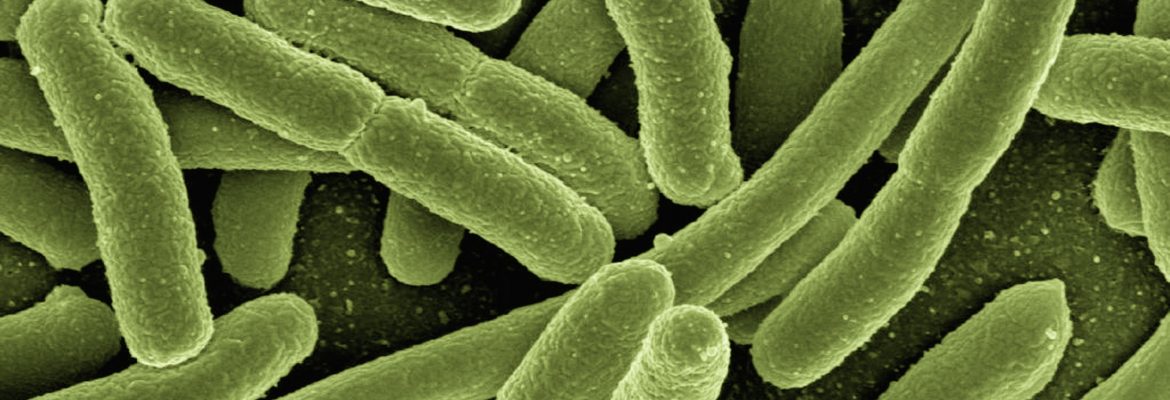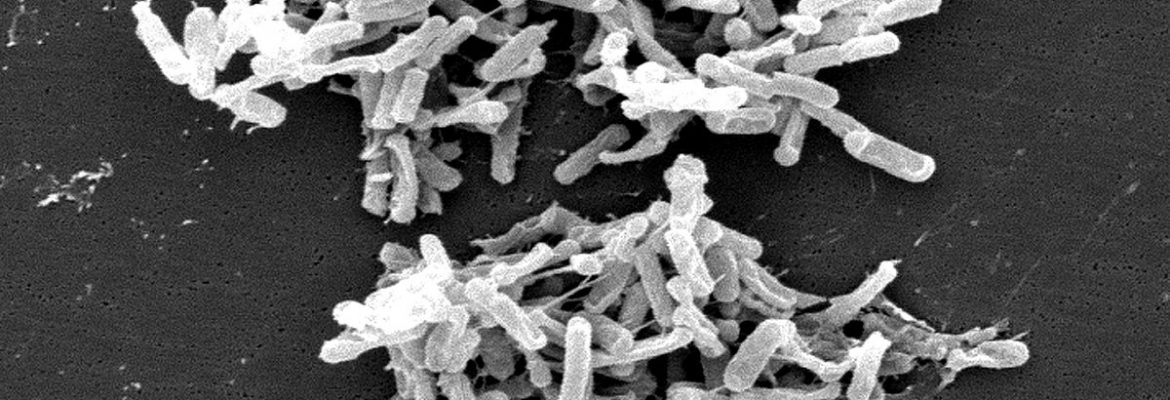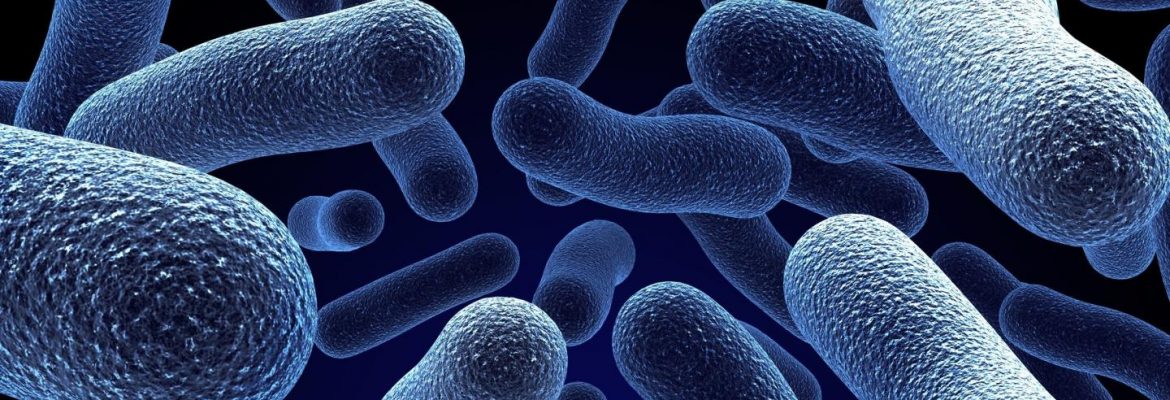Group of gram-negative bacteria (most common being the escherichia coli or E. coli which can grow at elevated temperatures) which can ferment lactose with the production of acid and gas when incubated at 35–37°C .found in the intestinal tract (therefore in the feces) of humans and other animals. These rod-shaped microorganisms aid in digestion and





